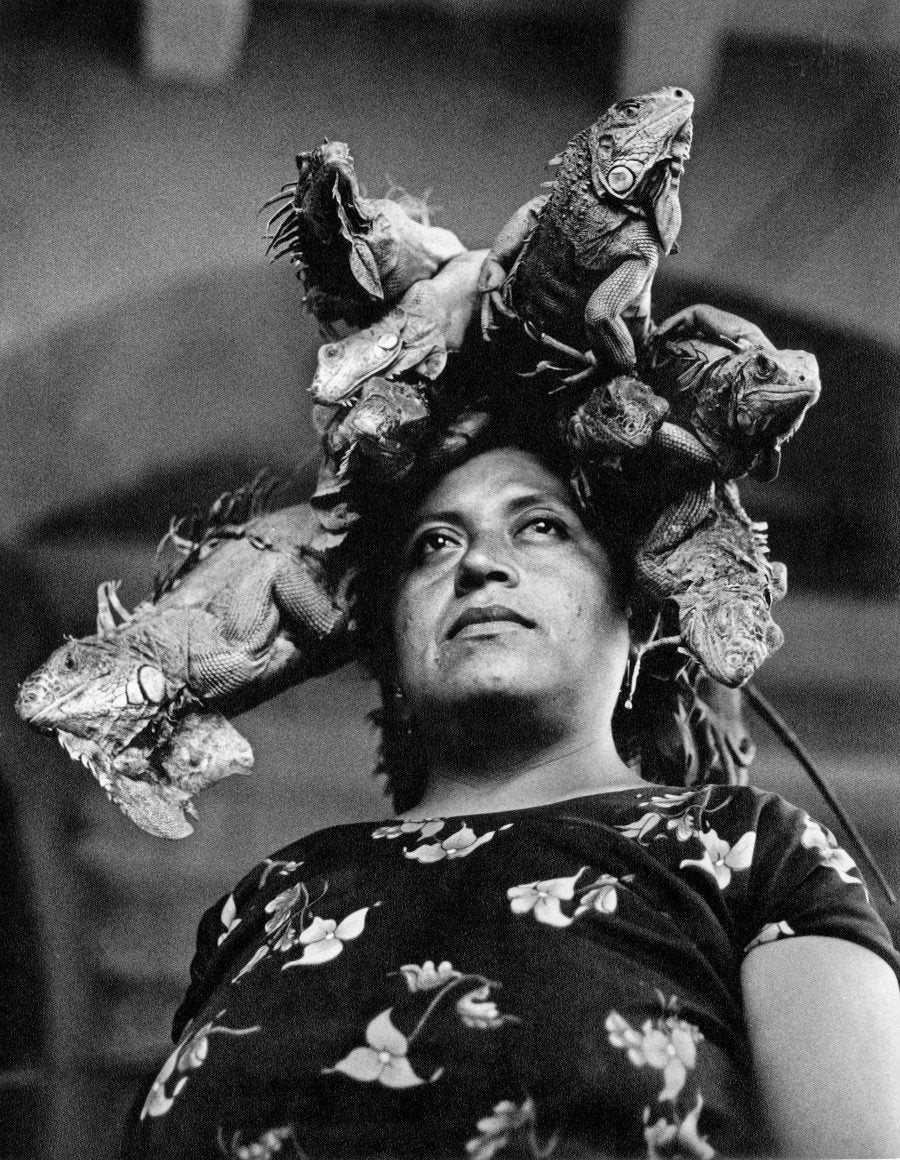"So I was sitting in my cubicle today, and I realized, ever since I started working, every single day of my life has been worse than the day before it," Peter Gibbons, protagonist of Mike Judge's "Office Space" memorably states. "So that means that every single day that you see me, that's on the worst day of my life."
Alternately very funny and very sad, the 1999 film chronicles the daily woes of working in a cubicle, including but not limited to being micromanaged, belittled and forced to listen to your boss say "what's happening?" ad infinitum.
It's been 16 years since Judge's cult classic debuted. Since then, the contemporary office has changed its shape. Clam chowder-colored work stations have morphed into super-modern studios. Happy hours are the new Hawaiian shirt day, Facebook the new Tetris. Once bulky desktop computers are quicker, sleeker, smaller -- so small, in fact, they never have to leave your side.
An ongoing exhibition in San Francisco, also titled "Office Space," is examining the shape and texture of the contemporary office through the eyes of 24 international artists. "I want to have a conversation about the status of work in the 21st century," curator Ceci Moss explained to The Huffington Post. "I want awareness about where particular management principles are leading us. Do we want to work all the time? Do we want to live at our desks? Is that where we're heading towards?"
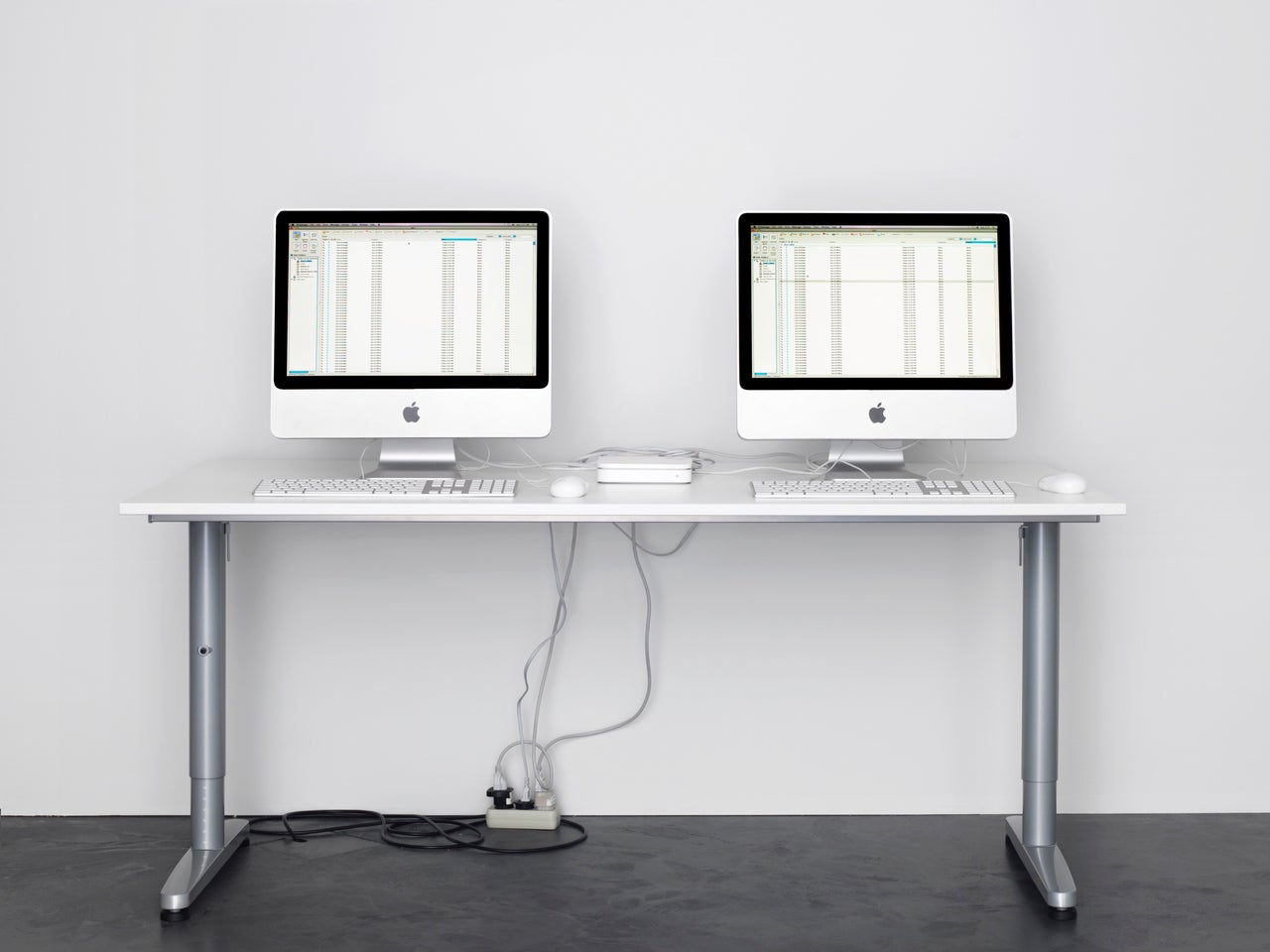
The exhibitions exlpores the recent changes in office culture in conjunction with progressing technology and the service and information economy. "I want to look at how the line between leisure and work has changed," Moss continued. "You think about the 24/7 work day, because of our phones we're always available."
Many participating artists toy with the aesthetic of the office space -- the Ikea rolling chairs, the blatantly artificial plant life, the youthful and hip foosball table. One artist playing with the pervasive and absurd office style is Oakland-based Mark Benson. For his piece "Open Field," Benson surfed Staples.com and found the most popular artificial plants used to spruce up the workplace. The plants are shoved beneath a balcony in the gallery space, cramped and broken like a sleep-deprived employee after a 12-hour shift.
"Looking at it I think you feel somewhat anxious," Moss explained. "He's pulling the lid off the artificiality of the office space, even with the attempts to make it more humane with pretty plants and bright colors."
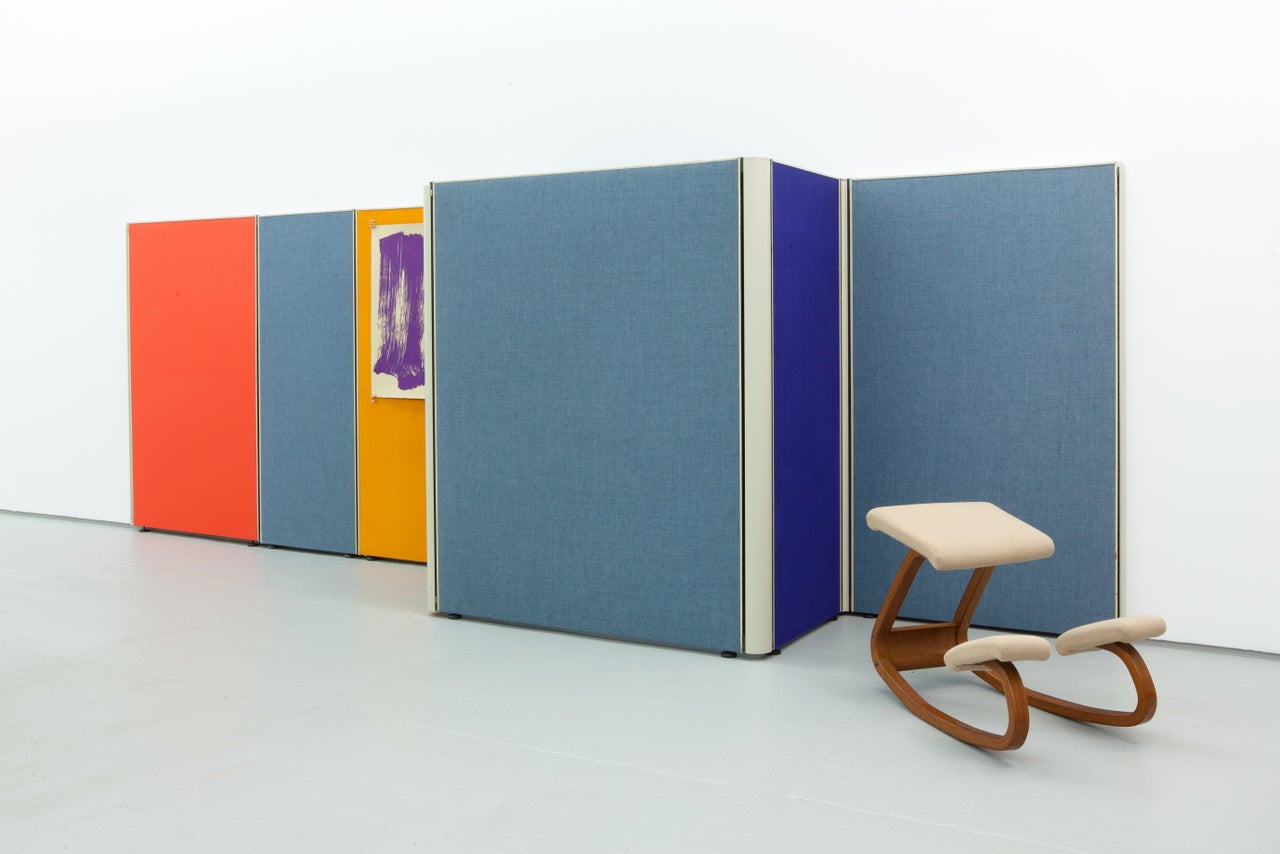
Like Judge's film, Moss' exhibition features a happy-sad humor that finds beauty in the absurd and amusement in the potentially depressing. As Moss put it: "There are moments when you're laughing and others where you think, 'Oh gosh, that's kind of scary.'"
For example, Cory Arcangel's work "Permanent Vacation," named after the Aerosmith song, features two computers feeding each other out-of-office notifications on an eternal loop. While their users frolic on white sand beaches drinking overpriced margaritas, the machines get a some time off as well, their Inboxes eternally chilling in out-of-office limbo.
Despite the deadpan disdain many artists display towards office life, there is an equally palpable reverence directed toward the strange breed of spaces, at once mundane and utterly bizarre, their chemical compositions representative of beast whose procreation can't be stopped.
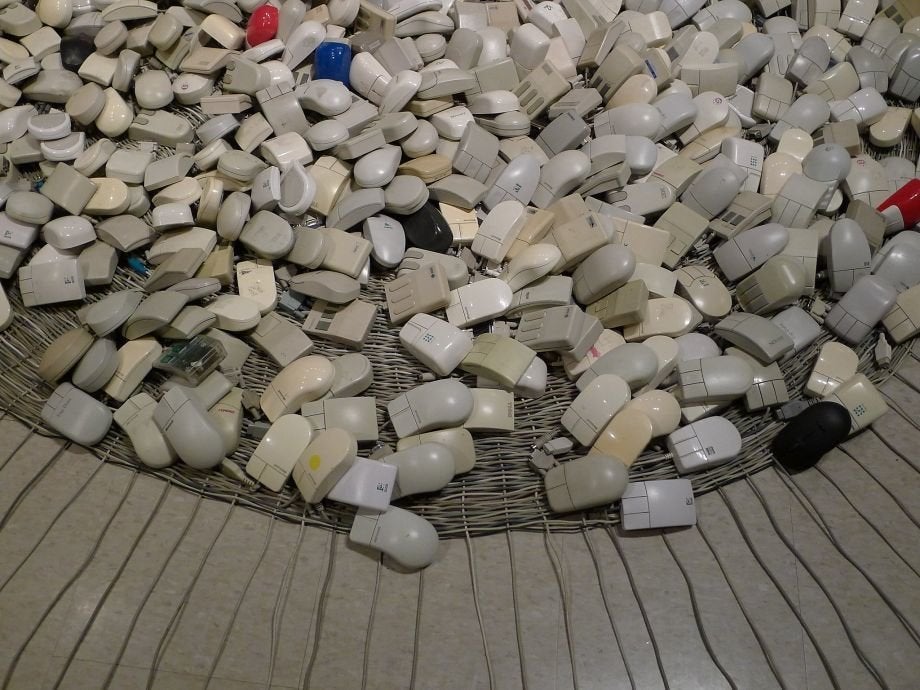
"One thing I recognize in the work is the concept of the non-place, which Marc Augé described in the 1990s," Moss said. "He was looking at these airports and hotel rooms and seeing how there is a new form of architecture that's sort of ubiquitous. A Hilton in Dallas is the same as a Hilton in New York is the same as a Hilton in France." Offices have adopted a similar feeling of place-less-ness; step inside the militantly air conditioned, outdatedly futuristic, white-walled spaces and you could be anywhere with WiFi.
Mika Tajima examines ubiquity in her series "A Facility Based On Change," which takes the uniform box of the cubicle to its illogical extreme. "My works featured in 'Office Space' repurpose and reconfigure the Action Office original cubicle system into irrational, inaccessible forms which renders the spaces functionally absurd or unusable," Tajima explained to HuffPost. "The original cubicle form was the inception of designers making structures for creating and exchanging ideas -- Herman Miller company called this 'a place for transacting abstractions.' The real place now for transacting abstractions is beyond the workplace and in real spaces of life -- the cafe, the airport, the waiting room, the lounge, the gym, the spa, the hotel lobby."
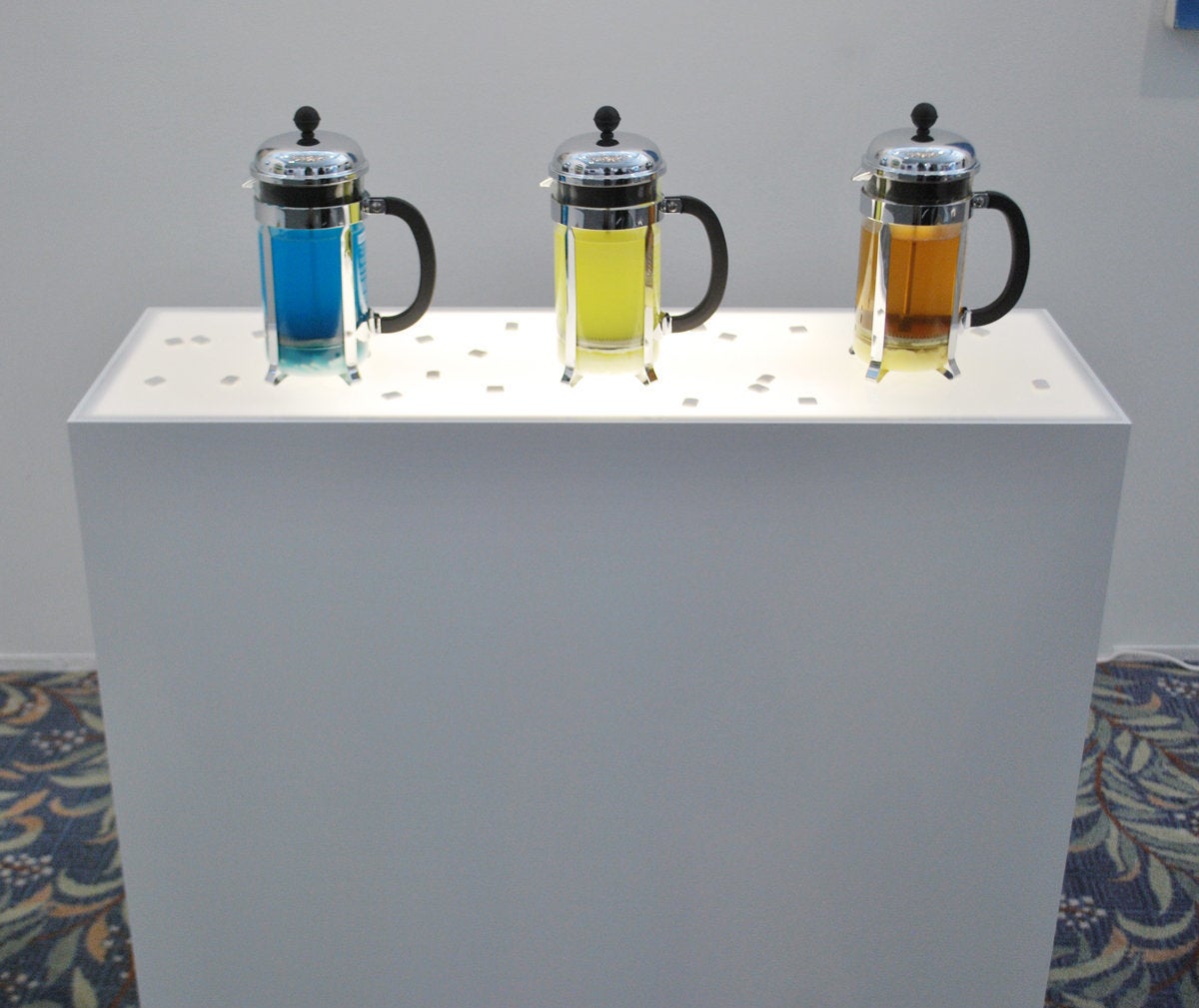
Another thread woven throughout the show is the intimation of spirituality, whether presenting the office as a breeding ground of cult activity or a site of religious observance. For his sculpture "Mouse Mandala" artist Joseph DeLappe collected used and discarded computer mice from the '90s, combining them to create a spiritual icon that simultaneously resembles, as Kimberly Chun noted, a "nastily ominous rat king."
"I was intrigued that these mice had each spent a lifetime of use on a desk," DeLappe wrote to HuffPost, "most likely in a Silicon Valley cubicle -- the dirt, the grime, the use -- there was something almost funereal about the mice as relics of work. I wove them together as a kind of comment on the faux religiosity surrounding computing and hi-tech while at the same time giving a wry tribute to the Luddites of 19th century England, some of whom were weavers thrown out of work by the emergence of the industrial revolution."
The combination of reverence and repulsion reflects the ambivalence of the exhibition. The artists of "Office Space" rarely praise nor condemn office life entirely, rather, they gaze in wonder at the current state of the workplace around them, like a zoned out employee staring wildly at a blank wall.
More than anything, Moss hopes to spark a conversation about the way we work now. Of course, the exhibition's being in San Francisco, nestled amidst the tech boom and startup culture, adds an extra layer of understanding local visitors can appreciate.
"Office Space" runs until February 14, 2016 at the Yerba Buena Center for the Arts in San Francisco.
CORRECTION: An earlier version of this story mislabeled the gender of artist Mika Tajima.
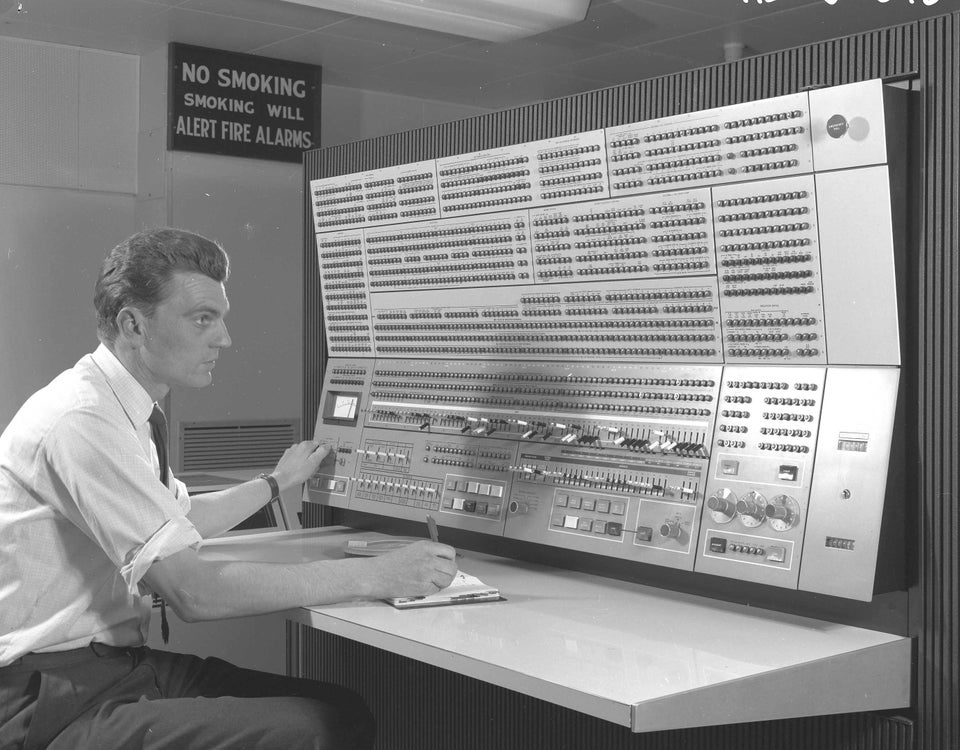
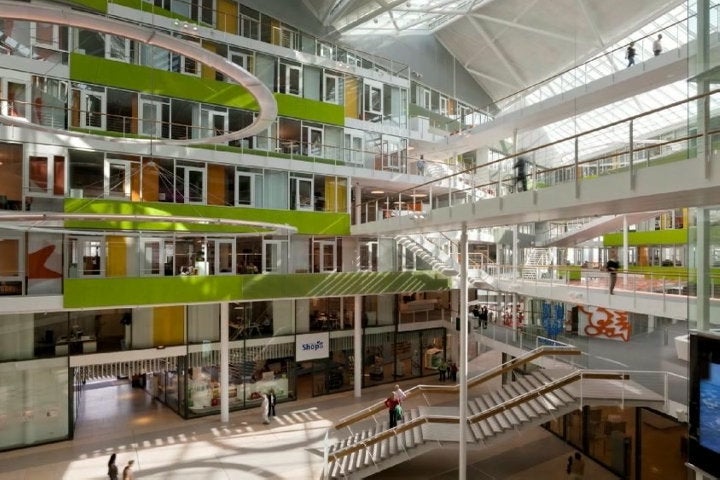
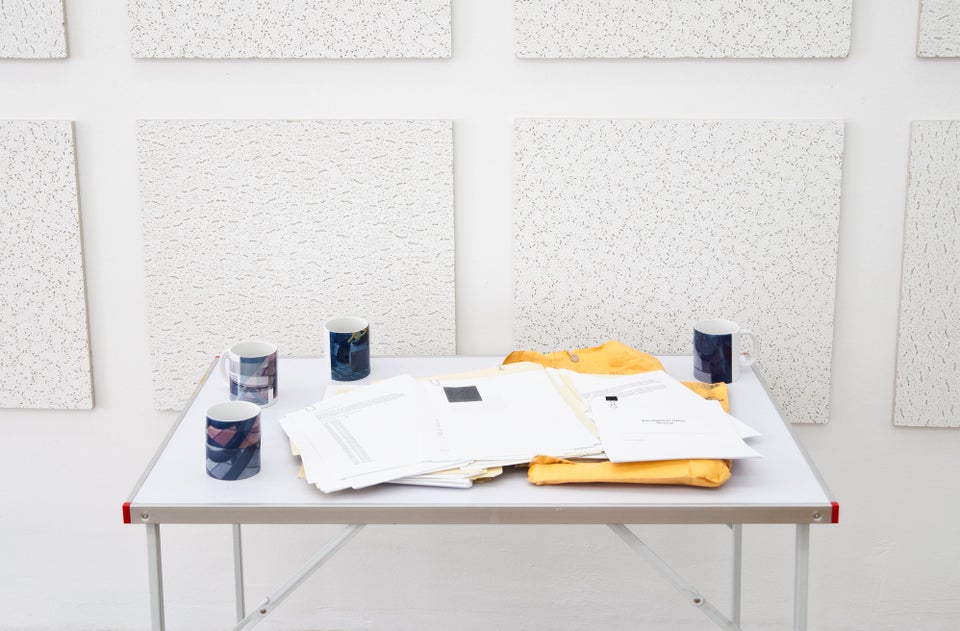
Also on HuffPost:

